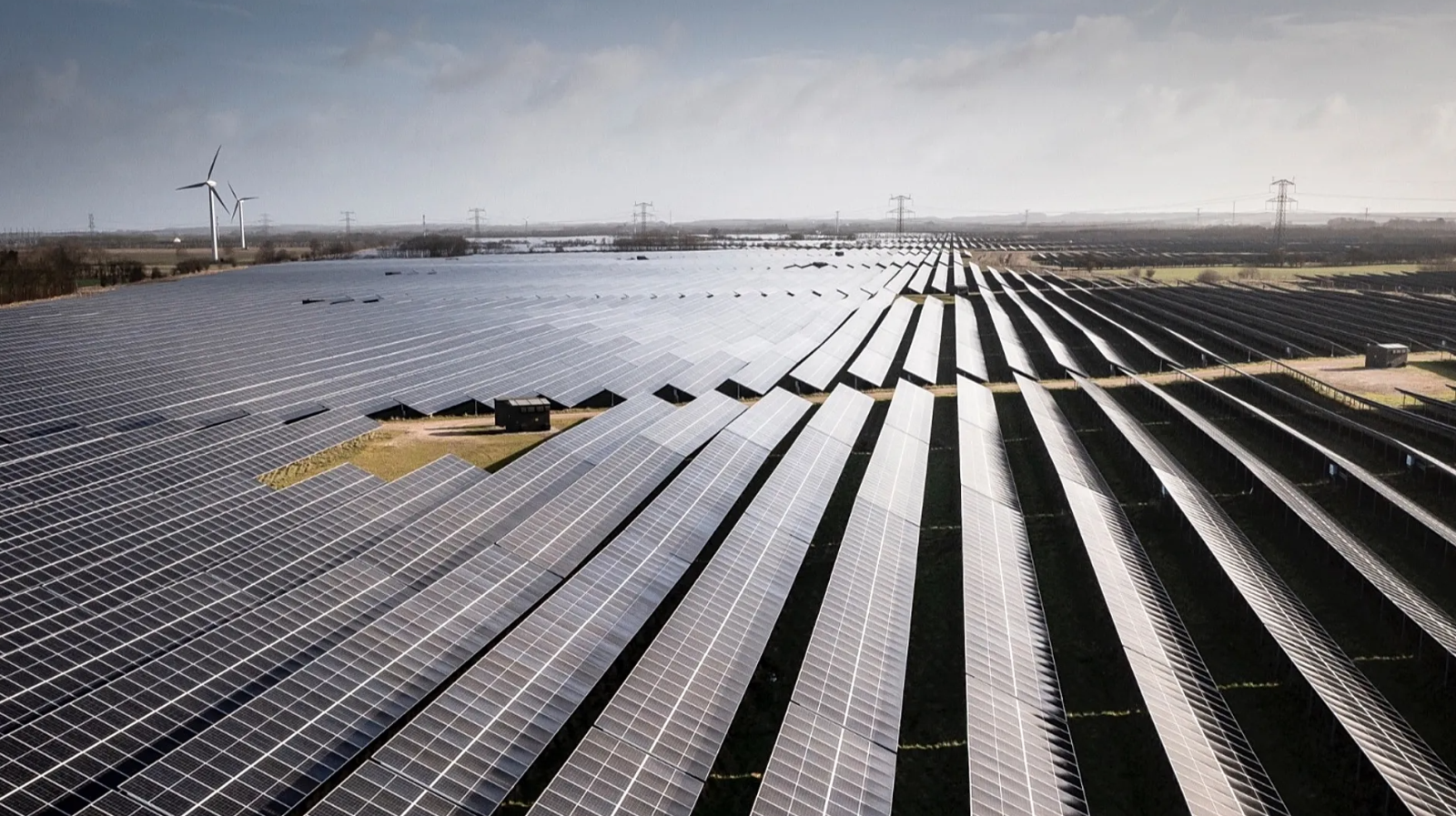
New data from Eurostat shows that renewable sources supplied 54% of the EU's net electricity between April and June 2025, up 1.3 percentage points from the same period last year. The surge was largely driven by record levels of solar generation, which produced 122,317 gigawatt-hours (GWh) in the second quarter alone.
That output — enough to power roughly three million homes — underscores how rapidly solar is reshaping Europe's energy mix. "It's heartening to see such progress," said Rob Stait, Chief Commercial Officer at Alight, one of Europe's leading solar energy developers. "Solar power offers enormous cost savings, is quick to deploy, and provides clean, independent energy at a time when Europe needs it most."
In June 2025, solar energy accounted for 22% of all electricity generated across the EU, overtaking nuclear (21.6%), wind (15.8%), hydro (14.1%), and natural gas (13.8%).
Europe's changing energy map
Denmark led the EU in renewable generation during the second quarter, with an impressive 94.7% of its electricity coming from green sources. It was followed by Latvia (93.4%), Austria (91.8%), Croatia (89.5%), and Portugal (85.6%).
Luxembourg posted the largest year-on-year growth in renewables, driven by a 13.5% surge in solar generation, while Belgium saw a 9.1% increase compared with 2024. At the other end of the scale, Slovakia (19.9%), Malta (21.2%), and Czechia (22.1%) remained the most fossil-fuel-dependent.
Solar's strategic role
Stait said the EU's growing reliance on renewables is no longer just about sustainability but energy security. "With the ongoing volatility caused by Russia's invasion of Ukraine, energy resilience has become a strategic necessity," he noted.
He urged governments to accelerate grid expansion and domestic clean-tech manufacturing to prevent bottlenecks and maintain momentum. "The faster Europe builds, the faster electricity prices will stabilise," he added.